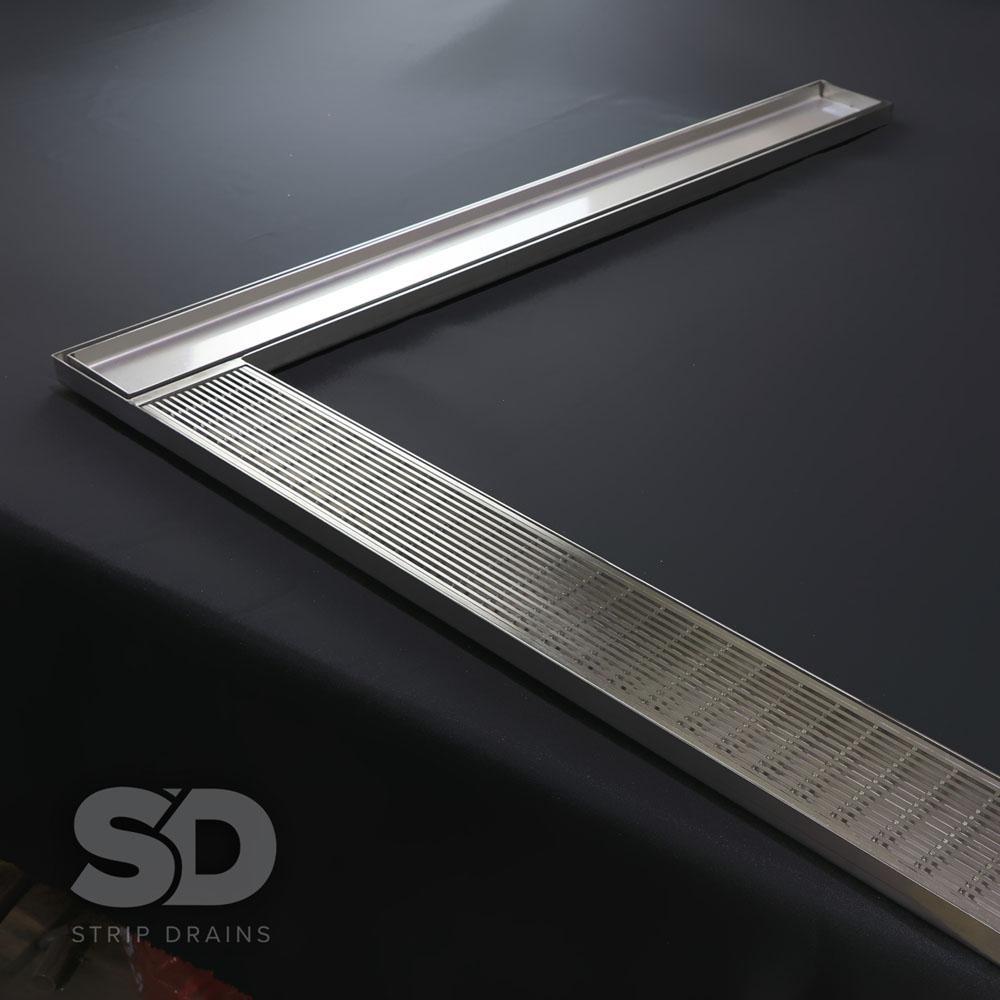Choosing the Perfect Grate Drain: A Guide to Selecting Your Drainage Products
Grate drains, also known as strip drains or channel drains, have become the iconic choice for bathrooms, balconies, and swimming pools all across Australia. With their effective water drainage capabilities and stylish designs, these modern drainage solutions offer both functionality and aesthetics. In this blog post, we will explore the most popular types of grate drains available in the market today, helping you make an informed decision for your next project.
What is a Grate Drain?
A grate drain, also referred to as a strip drain, channel drain, or trench drain, is a type of drainage system commonly used in various settings such as bathrooms, showers, swimming pools, and balconies. It consists of a long tray with a wire grate or tile insert cover that allows for efficient and rapid removal of water from wet areas.
The primary purpose of a grate drain is to collect and redirect water, preventing it from pooling or causing damage to surrounding surfaces. As water flows over the top of the grate or cover, it is channelled into the tray below, which then carries it away through a drainage system.
Grate drains are typically elongated in shape, offering a larger surface area for water removal compared to traditional point drains. This design allows for better water dispersion and can handle higher volumes of water, making them particularly suitable for areas prone to heavy water flow.
In recent years, advancements in grate drain technology have introduced variations such as the tile insert drain. This type features an additional tray on top of the drain, allowing for the insertion of a matching tile, effectively concealing the drain and creating a seamless look within the surrounding surface.
Grate drains are favoured for their functionality and aesthetic appeal. They provide efficient water drainage while offering a sleek and modern appearance. Materials used in the construction of grate drains vary but often include high-quality marine grade stainless steel or brass for durability, corrosion resistance, and visual appeal.
Overall, grate drains have become the preferred choice in many residential and commercial applications due to their effectiveness in water removal, versatility in design and positioning, and their ability to enhance the overall aesthetic of the space.
Types of Grate Drains
Grate drains primarily come in two main styles: wedge wire (grate) and tile-insert. Both types are highly effective in removing waste water and offer a sleek aesthetic. The choice between the two depends on the desired look you wish to achieve for your project.
For swimming pool drainage, the wedge wire option with its classic stainless steel grate is a popular choice. On the other hand, the tile insert drain is most commonly used in bathrooms and showers, providing a seamless integration with the surrounding tile design.
Materials Matter
When it comes to construction, our grate drains are crafted from the finest marine grade 316L Stainless Steel. This choice of material ensures durability, corrosion resistance, and rust-free performance, making it ideal for drain construction. Additionally, we offer fabrication using brass, allowing you to match your tapware or create a cohesive brass/gold colour theme within your space.
While grate drains can be fabricated from different types of plastics, we only use all-metal construction for its durability, visual appeal, and extended lifespan. Our complete drain cover and tray are made from either stainless steel or brass, ensuring longevity and strength.

Positioning and Layout
Unlike point drains, grate drains offer flexibility in terms of positioning. They can be installed against a wall with a single gradient fall or placed more centrally with multiple gradient falls to enable proper drainage. The most popular location for a long grate drain is against the wall, as it provides a sleek and concealed look for the drain.
When determining the positioning and layout of your grate drain, it's essential to consider the specific layout of your bathroom or balcony. If you're unsure, consulting with our team, and your builder/plumber will provide you with the best advice tailored to your project's requirements.
Summary
In conclusion, when selecting your grate drain, there are a few key factors to consider:
- Cover type: Choose between wedge wire or tile insert, based on your preferred aesthetic.
- Material: Opt for stainless steel for a silver finish or brass for a gold finish, aligning with your desired colour scheme.
- Positioning: Decide whether a wall-aligned or centrally located drain suits your project best, based on the layout of your space.
If you have any questions about grate¹ drain products, specifications, or trade inquiries, our specialist team is ready to assist you. With over 40 years of industry operation and state-of-the-art metal fabrication machinery in Sydney, we are your premier local choice for drain products for both commercial and residential projects.
Contact us today to discover the perfect grate drain solution for your needs.

